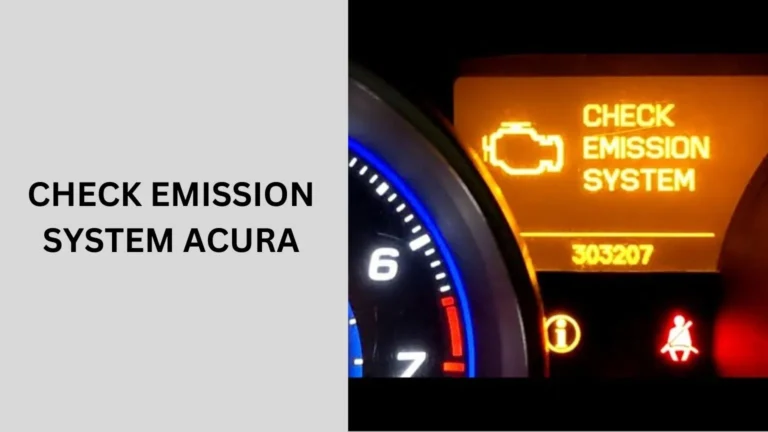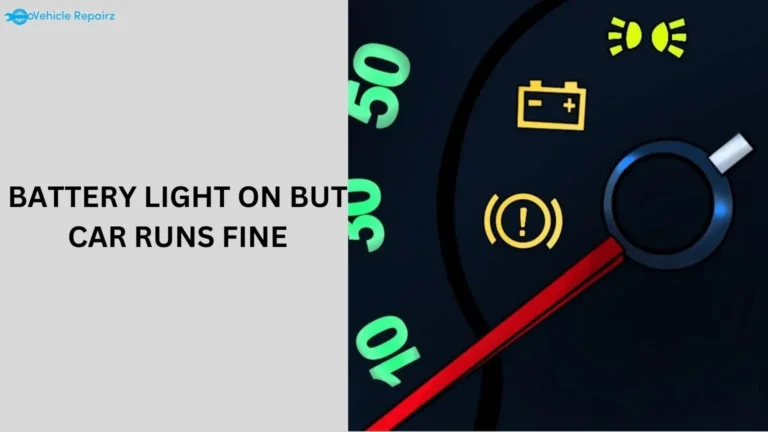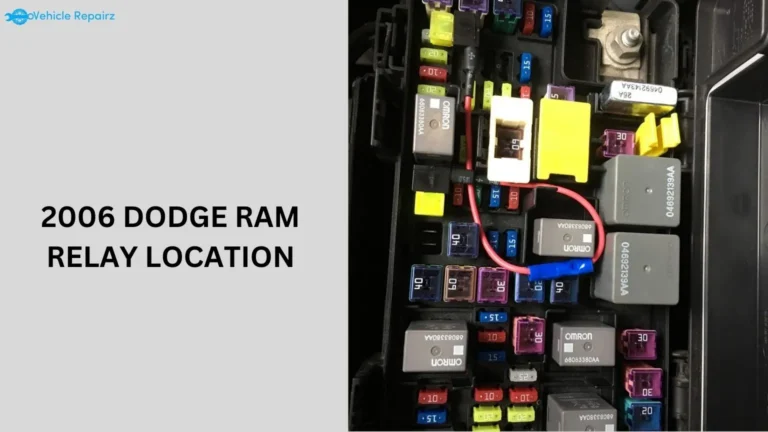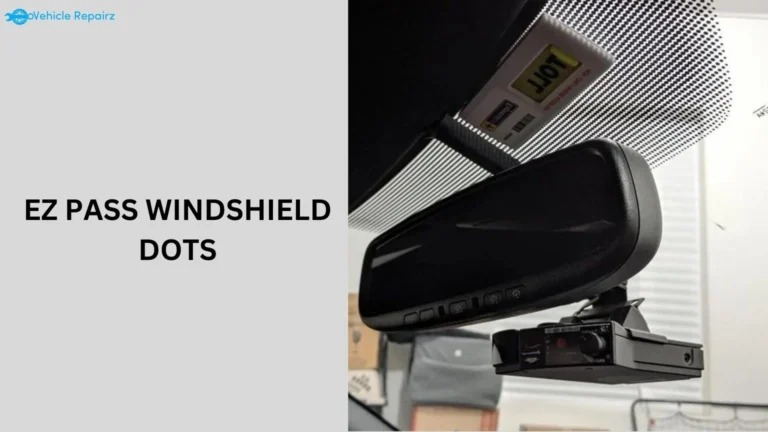Engine Block Ground Location: Guide for Vehicle Maintenance
Understanding the engine block ground location is crucial for proper vehicle maintenance and optimal performance.
This guide will help you locate and understand the importance of the engine block ground in your vehicle.
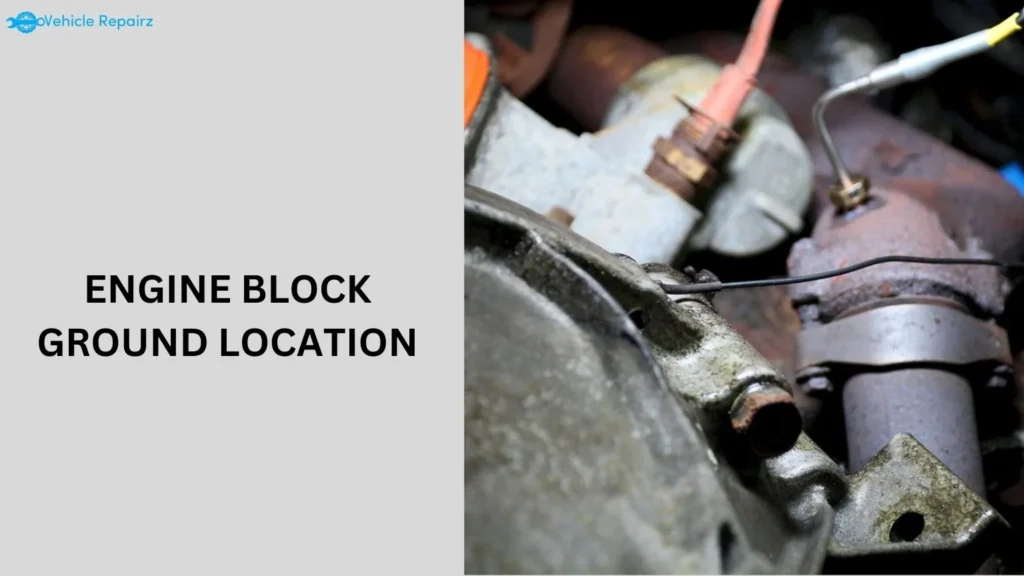
What is Engine Block Ground?
The engine block ground is a key electrical connection point in a vehicle’s engine system. It connects the engine block to the vehicle’s ground, ensuring that electrical systems function correctly and that the engine operates smoothly.
Importance of Engine Block Ground
A reliable engine block ground is essential for:
- Electrical Efficiency: Ensures that electrical components receive a stable ground connection, reducing the risk of electrical issues.
- Engine Performance: Helps in maintaining optimal engine performance by ensuring proper electrical grounding.
- Safety: Prevents electrical malfunctions that could lead to safety hazards.
Locating the Engine Block Ground
Finding the engine block ground location can vary depending on your vehicle make and model. However, here are general steps to locate it:
1. Check the Owner’s Manual
The first step in locating the engine block ground is to refer to your vehicle’s owner’s manual. It often includes diagrams and instructions specific to your vehicle.
2. Inspect the Engine Bay
Open the hood and visually inspect the engine bay. Look for a thick, usually black wire connected to the engine block. This wire is commonly attached with a bolt or a stud.
3. Follow the Ground Wire
Trace the ground wire from the battery negative terminal to where it connects to the engine block. This connection is typically found near the engine mounts or on a bracket attached to the engine.
4. Consult a Professional
If you have trouble locating the engine block ground, consider consulting a professional mechanic. They can quickly identify the correct location and ensure that the ground connection is secure.
Common Issues with Engine Block Ground
Understanding common issues related to engine block ground can help in troubleshooting and maintaining your vehicle:
1. Corrosion
Corrosion on the ground connection can hinder electrical performance. Regularly check and clean the connection to ensure it remains free of rust and debris.
2. Loose Connections
Loose ground connections can cause intermittent electrical problems. Ensure that the ground wire is securely attached and free from any wobble.
3. Broken Wires
Inspect for any signs of damaged or broken wires. Replace any damaged wires promptly to avoid further electrical issues.
Maintaining a Healthy Engine Block Ground
Proper maintenance of the engine block ground location is essential for reliable vehicle operation:
1. Regular Inspections
Perform regular inspections of the engine block ground connection. Check for signs of wear, corrosion, or loose connections.
2. Clean Connections
Keep the ground connections clean and free from rust. Use a wire brush or sandpaper to clean any corrosion from the connection points.
3. Tighten Connections
Ensure that all ground connections are properly tightened. Use a wrench to secure any loose bolts or nuts.
4. Professional Servicing
Have your vehicle serviced by a professional mechanic periodically to ensure that all ground connections, including the engine block ground, are in good condition.
People also ask
What is the best ground location for an engine?
The best ground location for an engine is a clean, metal-to-metal contact point on the engine block or cylinder head, close to the battery.
It should be free of rust and corrosion to ensure a solid electrical connection.
Ideally, this ground connection should be secured with a sturdy bolt or stud to ensure reliability and minimize electrical issues.
What are the symptoms of a bad engine block ground?
Symptoms of a bad engine block ground include:
Hard Starting: Difficulty starting the engine or intermittent starting issues.
Electrical Problems: Flickering lights, malfunctioning accessories, or erratic gauge readings.
Engine Stalling: Unexpected stalling or rough idling.
Poor Performance: Decreased engine performance or power.
Corrosion: Visible rust or corrosion around the ground connection.
Where should the motor be grounded?
The motor should be grounded to a clean, metal surface on the engine block or cylinder head, close to the battery.
This ensures a solid and efficient electrical connection, minimizing starting and engine performance issues.
Where is the engine ground strap located?
The engine ground strap is typically located on the engine block or cylinder head and connected to the vehicle’s chassis or frame.
It is usually a thick, black wire or cable secured with bolts or studs, providing a stable electrical ground for the engine.
Conclusion
In Conclusion, The engine block ground location is crucial to your vehicle’s electrical system and overall performance.
By understanding its importance, knowing how to locate it, and performing regular maintenance, you can ensure your vehicle operates smoothly and efficiently.


